Engines that can operate using a mixture of two different fuels are called dual fuel engines. Frequently, diesel and natural gas fuels are used together within dual fuel engines. Often, dual fuel engines that mix diesel and natural gas can also operate using diesel fuel only if the natural gas is temporarily unavailable.
Beyond natural gas and diesel, some dual fuel engines can also use varying mixtures of biodiesel, landfill gas, bio-gas and other fuels.
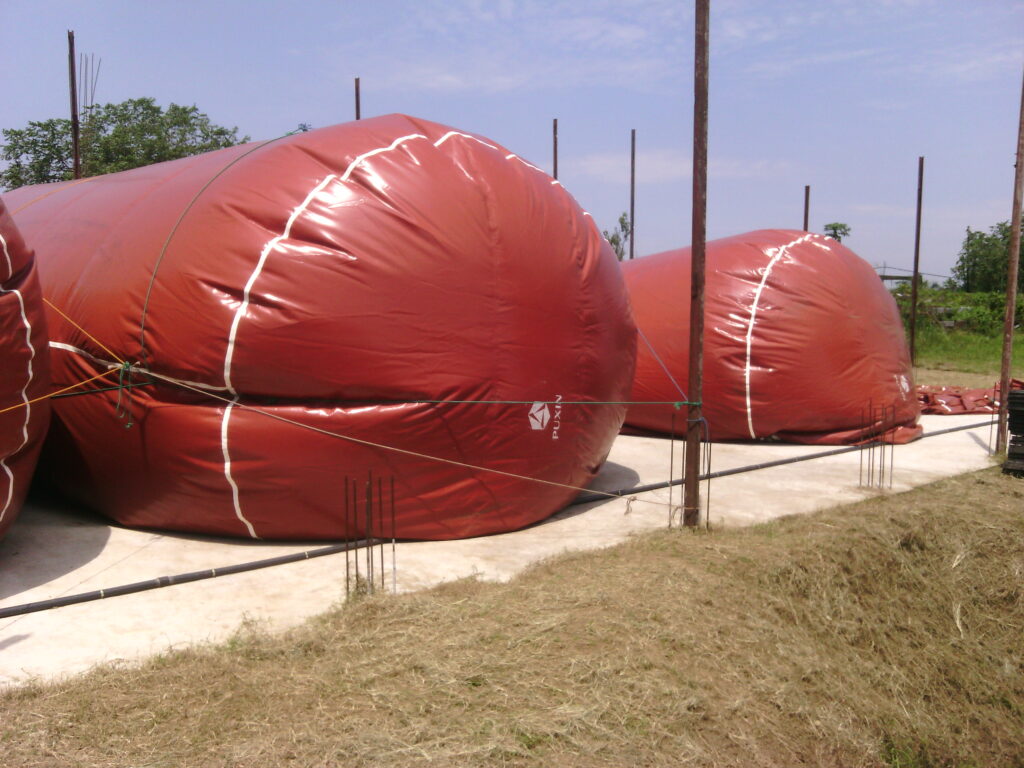
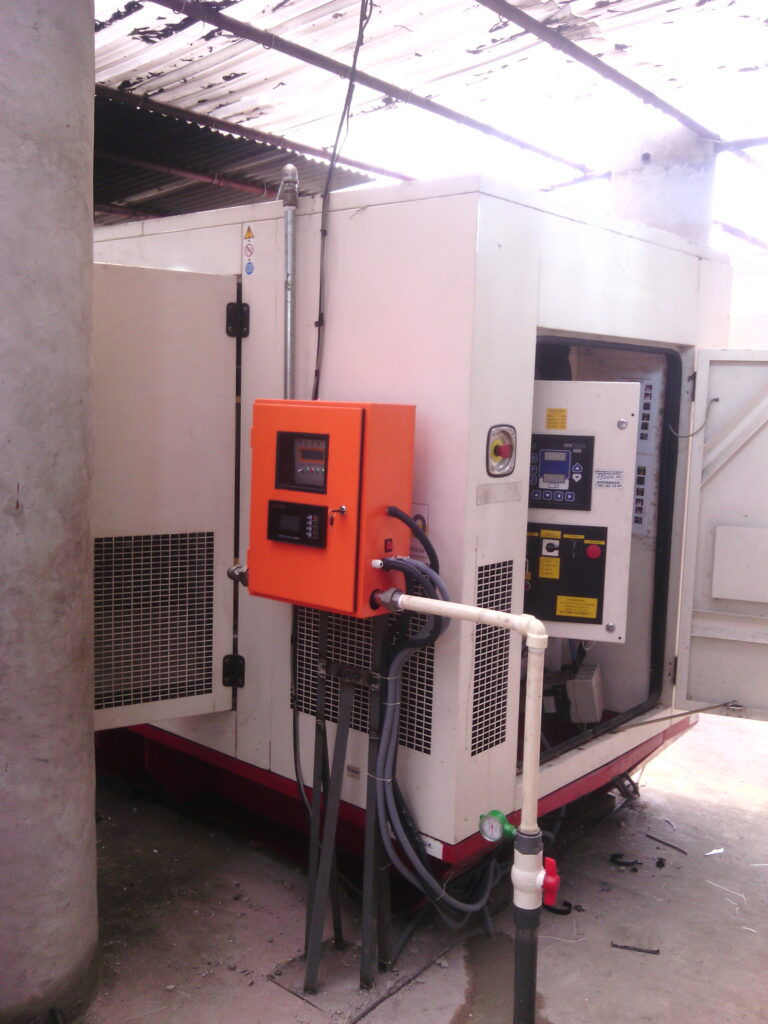
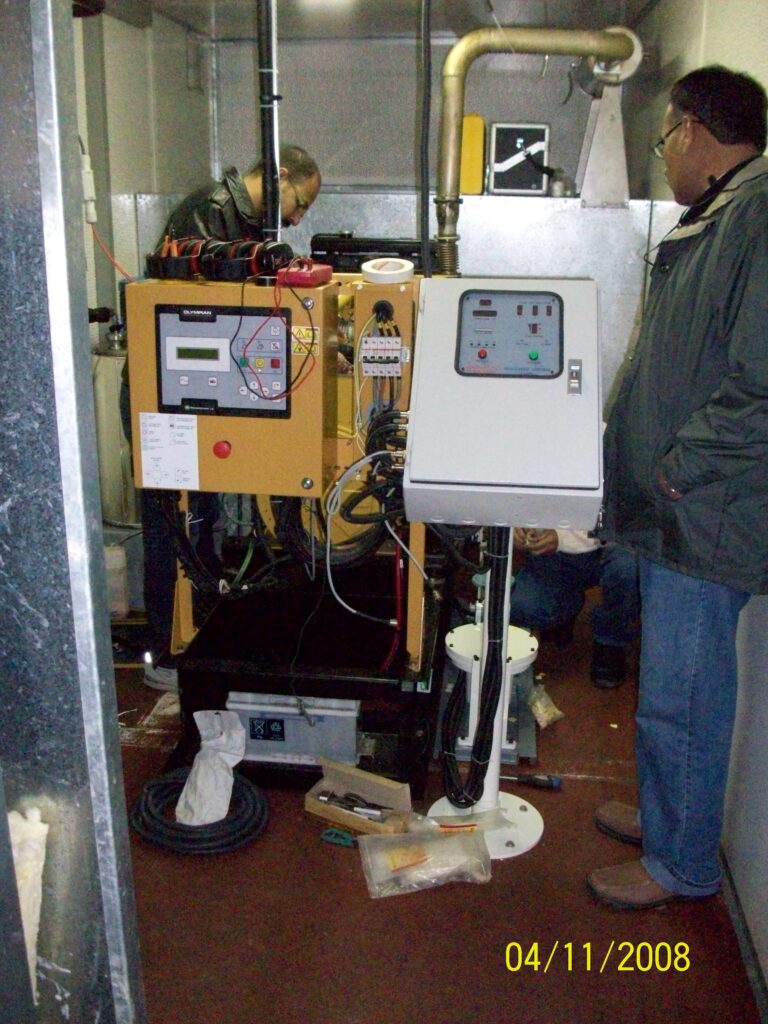
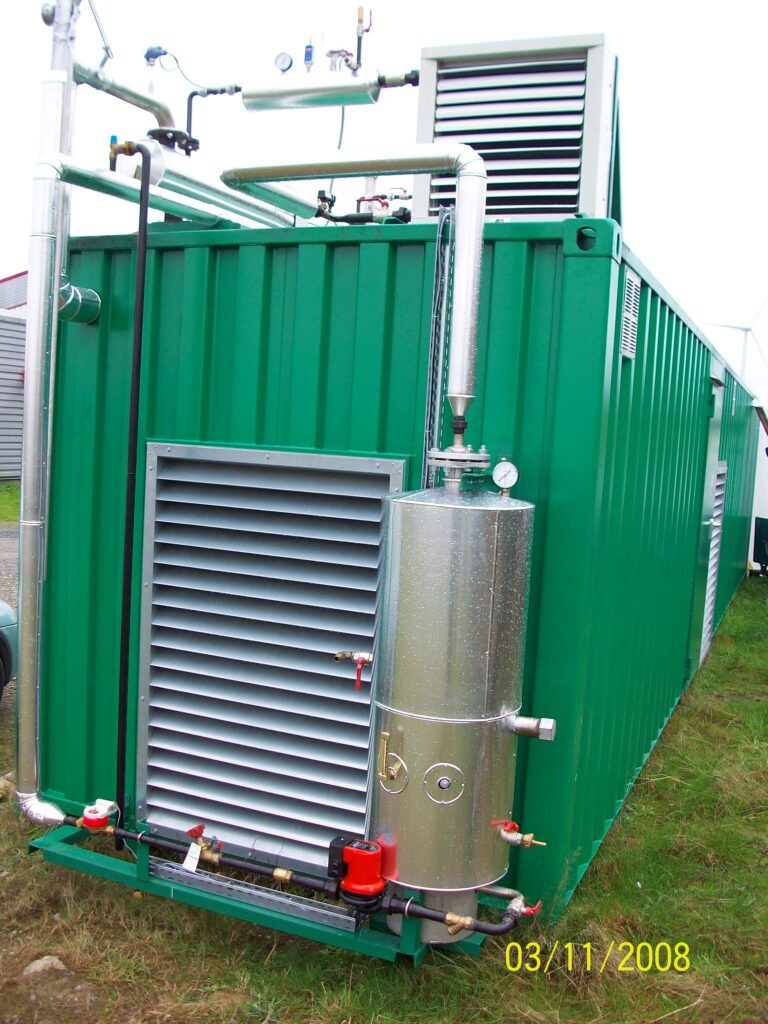
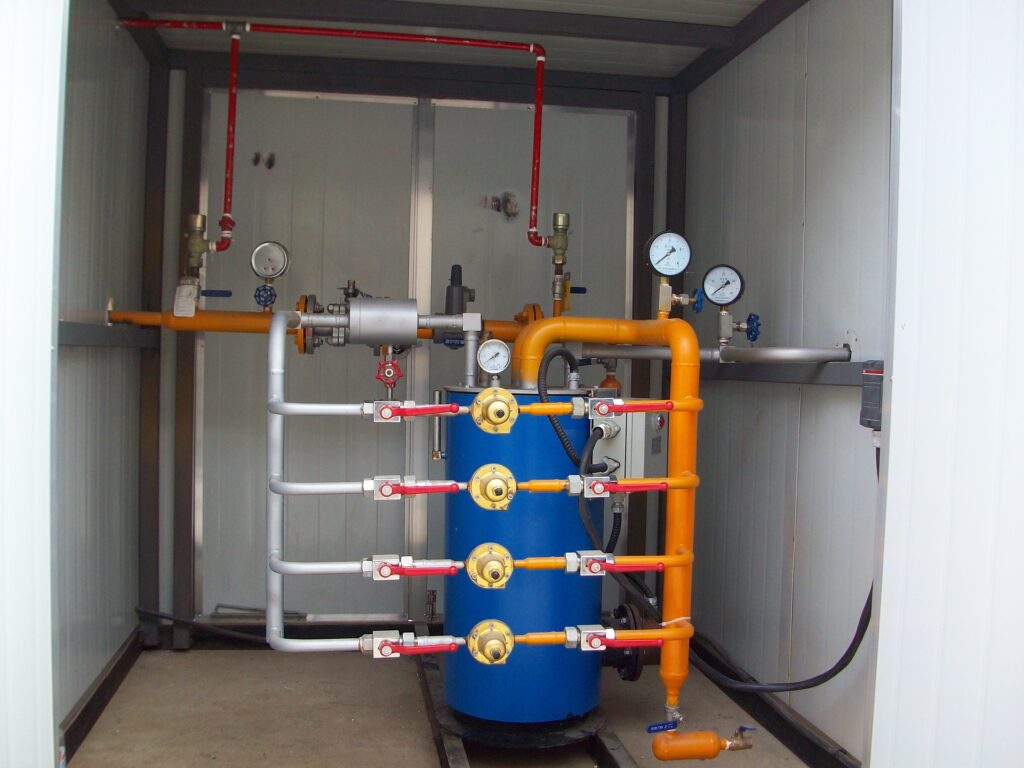
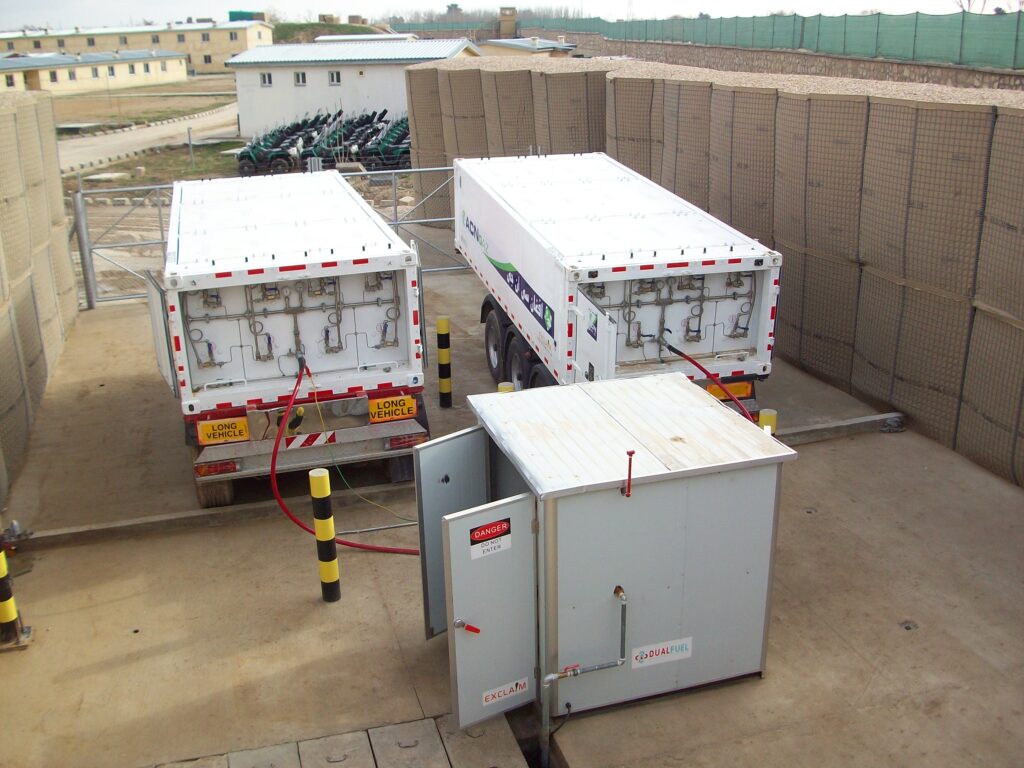

Are all dual fuel engines the same?
Absolutely, the operation and performance of dual fuel engines can vary significantly based on several factors that influence their total cost of ownership (TCO) and uptime. Here are some key considerations:
- Natural Gas Substitution Rate: The effectiveness of a dual fuel engine often hinges on how efficiently it can substitute natural gas for diesel fuel while maintaining optimal performance. Higher substitution rates generally lead to greater fuel cost savings but require careful calibration and monitoring to ensure reliability and emissions compliance.
- Quality of Natural Gas: The quality and consistency of natural gas supply can impact engine performance. Variations in gas composition, pressure, and impurities can affect combustion efficiency, emissions levels, and overall engine reliability. Proper gas conditioning and filtration are crucial to mitigate potential issues.
- Emissions Produced: Dual fuel engines are typically favored for their lower emissions compared to diesel-only engines. However, the actual emission levels can vary based on factors such as the quality of natural gas used, engine tuning, and compliance with regulatory standards. Continuous monitoring and periodic maintenance are essential to maintain emissions compliance and efficiency.
- Equipment Reliability: The reliability of dual fuel engines depends on the robustness of the conversion system and the compatibility of engine components with dual fuel operation. Issues such as injector fouling, combustion stability, and wear on engine parts may arise and impact uptime if not managed effectively through proper maintenance and monitoring protocols.
- Operational Efficiency: Achieving optimal operational efficiency involves balancing fuel savings with performance reliability. Operators must consider factors like load variations, ambient conditions, and maintenance schedules to maximize uptime and minimize operational costs over the engine’s lifecycle.
In summary, while dual fuel engines offer potential advantages in terms of cost savings and emissions reduction, their operational efficiency and TCO can vary significantly based on how effectively they manage natural gas substitution, the quality of natural gas used, emissions management practices, and overall equipment reliability. Proactive management and adherence to best practices are essential to realizing the full benefits of dual fuel technology in various applications.